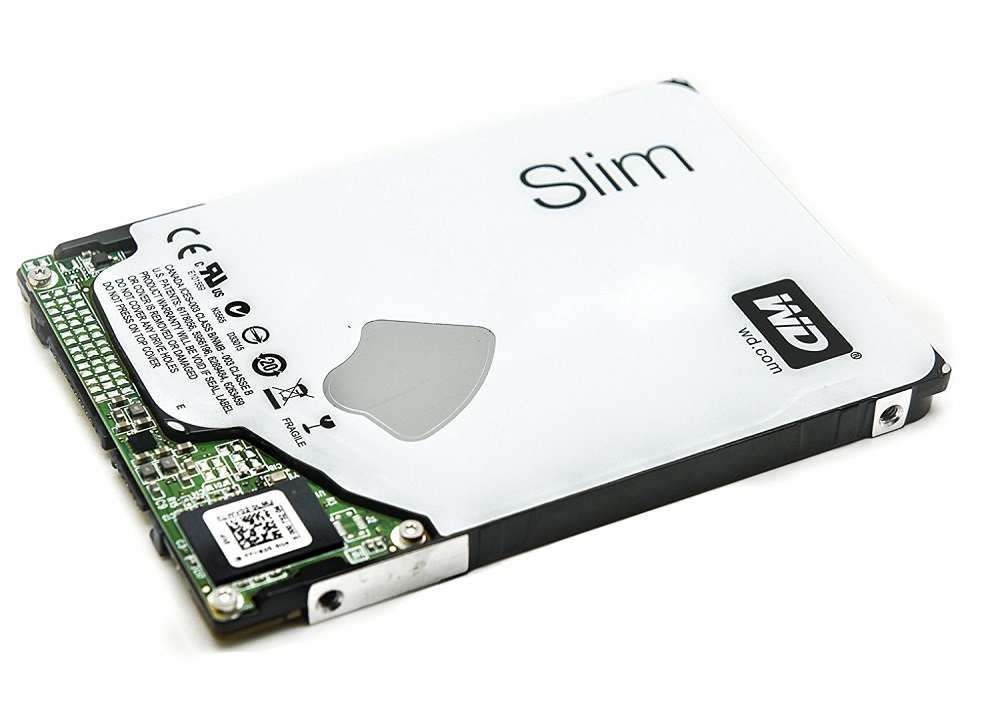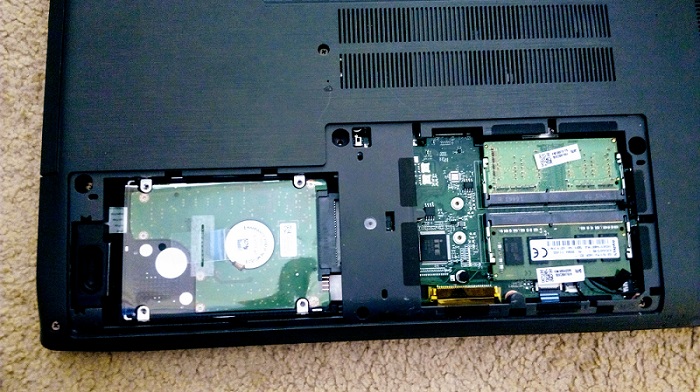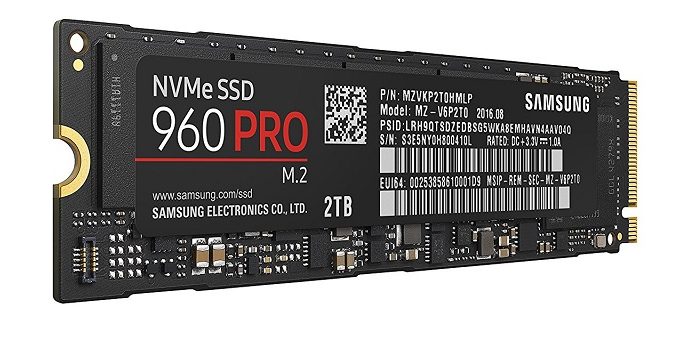At the same time, the Hybrid Drive keeps production costs down even as it ships with decent storage space. In truth though, you’d be right to say that a hybrid drive is less than a full-fledged SSD. But its much more than your mechanical drive, as we are going to find out. There are two varieties of Hybrid Drives: a Solid State Hybrid Drive and the Dual-drive Hybrid Drive. A while back, ‘Hybrid Drive’ was the general term used for these two systems. It’s a good thing that now there’s two. Storage device maker Seagate coined the term Solid State Hybrid Drive to differentiate them from the Dual-drive. Let’s have a look at how to tell them apart.
Solid State Hybrid Drive (SSHD)
These are not to be confused with full-fledged SDDs (Solid State Drives). Solid State Hybrid Drives (SSHD) are an integrated merger between HDD and SSD into one single Hybrid Drive. An SSHD combines a generous amount of HHD storage and an optimal amount of SSD flash memory to speed things up, as mentioned earlier. This marriage improves boot time, application loading time and overall system responsiveness compared to your plain old hard drive. In short, you get the best of both worlds, at a fraction of the cost. Or do you? It’s argued that the limited NAND flash memory in SSHD is too little for any significant change in performance. 8GB of solid-state cache memory might seem like a good idea at first. But the thing is…unless it’s basic browsing and a few everyday programs here and there, the flash memory will fill up fast. When this happens, the SSHD will basically have the same performance as your regular hard drive. The same applies to transferring files which won’t see any faster speeds.
SSHD Pros and Cons
SSHDs come with a disproportionately small amount of flash memory compared to hard drive storage space. This is anywhere from 8GB of NAND SSD flash memory onwards to 500Gb/1TB or more of HDD. The SSHD identifies frequently accessed data, including boot data, is cached in the flash memory to improve performance. Or does it? One more thing, flash memory on SSHDs isn’t static. At every boot, frequently access data changes and this forces a recalibration in the SSD. Don’t use an app for a while and the initial startup time will be no different from HDD speeds. Quite the cat and mouse game, if you ask me. But even so, SSHDs are a step up from HDDs, more so, when it’s a 7200 RPM drive in the mix.
Dual-drive Hybrid Drive
A Dual-drive Hybrid Drive is when you add a separate SSD to the same computer with an HDD installed. This duo works in concert with the help of software or manually by a user much as they will show up as two separate drives. A computer user can manually choose to store frequently used program files and other files on the much faster SSD. When the entire operating system is installed on the SSD, you will experience faster boot times, program load times and generally a snappier performance boost. Depending on your needs, 250GB or preferably 500GB of SSD is more than enough to house the operating system along with the program files. Let’s not forget the HDD which also serves its purpose. Given its storage advantages i.e bigger storage volume, HDDs are more suitable for storing images, videos, music, e.t.c. Linux and Mac users have the option of creating a Hybrid Drive, making use of software such as ZFS. ZFS is a file system and logical volume manager created by Sun MicroSystems.
Price/GB argument
In tech circles, the price per GB ratio (usually $/GB) is a common quantifier for storage space based on price. Being the mature relatively fail-safe technology that it is, mechanical Hard Disk Drives (HDD) score highly in the $/GB ratio compared to the newer Solid State Drives (SSD). HDDs are also insanely popular and cost-effective, on top of which, they ship by default in most computers. As SSDs have yet to gain traction, they are relatively pricier. Let’s also not disregard the old wives tales about their mythical endurance and data retention issues. As they say, ‘perception is everything.’ For this reason, Hybrid Drives make a good first impression. Dyed-in-the-wool HDD users will get to experience the SSD performance on steroids. Even though Hybrid Drives only offer a small amount of flash memory, it still out-competes mechanical drives. This may perhaps serve as a good springboard to finally switch to full SSDs in the future.
Drive Price Comparison: HDD vs SSD vs Solid State Hybrid Drive (SSHD)
Related post: M.2 SATA SSD vs M.2 PCI Express (PCIe) SSD vs NVMe





